Computer Recommendations for DYNO-MAX 2010
DYNO-MAX 2010 is optimized for Windows 7 thru 10 (64-bit or 32-bit) but may also be run under Windows Vista or XP. Our (current) recommended minimum DYNO-MAX PC or laptop requires:
1+ GHz 32 or 64-bit processor – however 3-GHz, or faster, is much quicker for graphing, etc.
4+ gigabytes of memory (less is required for Windows XP) – however 8+ gigabytes makes graphing quicker.
One free USB 2.0 port or 9-pin RS-232 serial port (per DYNOmite-Pro board set). Tip: RS-232 allows for longer cable runs and may be less susceptible to EMI/RFI problems; PC’s with only USB ports may use (DYNOmite Dyno approved) USB to RS-232 serial-port adapters.
XGA (1,024 x 768) minimum screen resolution – however SXGA 1,280 x 1,024) or higher is much nicer to work with. Tip: If you intend on using any laptop outside, expect to pay for a premium LCD and inspect its brightness (in the sunlight) before buying!
80+ Gigabytes of hard drive space with, at least, 200+ megabytes free for DYNO-MAX – however more space is required as the number of stored test runs is increased. Tip: A pure (non-hybrid) solid-state drive (SSD) will significantly boost performance, resist rough handling, and be immune to acoustical lockup – one is highly recommended over a mechanical disk drive.
A sound card allows using DYNO-MAX’s the voice alarms, but is not required. Tip: Using DYNO-MAX’s copyrighted “Voice Alarms” may save you an engine someday!
A color ink-jet (or laser printer) is recommended for printing graphs. Tip: A color laser printer is much faster, and much-less expensive (per copy), than any ink-jet printer. Remember, an ink-jet’s photo-quality features mean nothing for printing graphs.
An Internet connection and e-mail are required for support. Tip: Put your dynamometer PC online, with e-mail capability, for the ultimate support experience.
Below are some generic dyno-PC selection tips, provided to us by one industry expert:
FOR COMPATIBILITY, STICK WITH A MAJOR BUSINESS PC MANUFACTURER! Bleeding-edge machines, whether home-built or from a local PC dealer, are fine… if your primary focus is playing with fast computers. But when your business is tuning engines, you do not want to be sorting out hardware and software conflicts.
Vendors like Dell, HP, and Lenovo all have plenty of compatibility horror stories but, as a percentage of sales, they look rock solid compared to low volume manufactures or custom built boxes. Dell sells tens of thousands of their popular combinations. For local computer shops, that number may be under a hundred. Which company is going to hear more about, or need to resolve, a problem BIOS or driver issue? Look at how many patch files come out, especially in the early months, just after a new PC’s release. These are all put out to solve reported problems. When your PC has a bug, you want plenty of squeaky wheels hammering that vendor for a fast fix.
The expert’s recommendations are:
• Buy a fast but basic Dell, HP, or Lenovo business (not a home, workstation, or gaming) model.
•Try to select a model that has been available for over a year – more mature drivers.
•Order plenty of factory installed memory. Sticking with the vendor’s memory chips is a bit more expensive, but doing so eliminates one more area of compatibility problems.
•You only want the PC manufacturer’s basic (read compatible) moderate-resolution video card, not some workstation killer. Remember, dynamometer and tuning software packages do not push pixels like games, video, or rotating CAD vector graphics.
•Spring for an SSD (solid-state drive), instead of a mechanical hard drive. A pure (non-hybrid) solid-state drive speeds up many DYNO-MAX and basic PC operations. SSD drives are also immune to acoustical lockup. You will pay a premium for SSDs from mainstream vendors, but their compatibility is worth it.
The above machine may not be as fast as some custom-built killer, and it may even cost more than a (better equipped) homebuilt box, but it is about 10x less likely to have compatibility issues!
